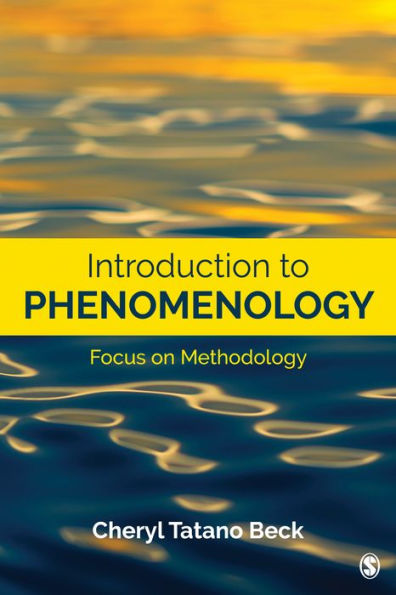5
1
9781544319551



Introduction to Phenomenology: Focus on Methodology / Edition 1 available in Paperback, eBook

Introduction to Phenomenology: Focus on Methodology / Edition 1
- ISBN-10:
- 154431955X
- ISBN-13:
- 9781544319551
- Pub. Date:
- 01/29/2020
- Publisher:
- SAGE Publications
- ISBN-10:
- 154431955X
- ISBN-13:
- 9781544319551
- Pub. Date:
- 01/29/2020
- Publisher:
- SAGE Publications

Introduction to Phenomenology: Focus on Methodology / Edition 1
$68.0
Current price is , Original price is $68.0. You
68.0
In Stock

Product Details
| ISBN-13: | 9781544319551 |
|---|---|
| Publisher: | SAGE Publications |
| Publication date: | 01/29/2020 |
| Edition description: | New Edition |
| Pages: | 224 |
| Product dimensions: | 6.00(w) x 9.00(h) x (d) |
About the Author
From the B&N Reads Blog
